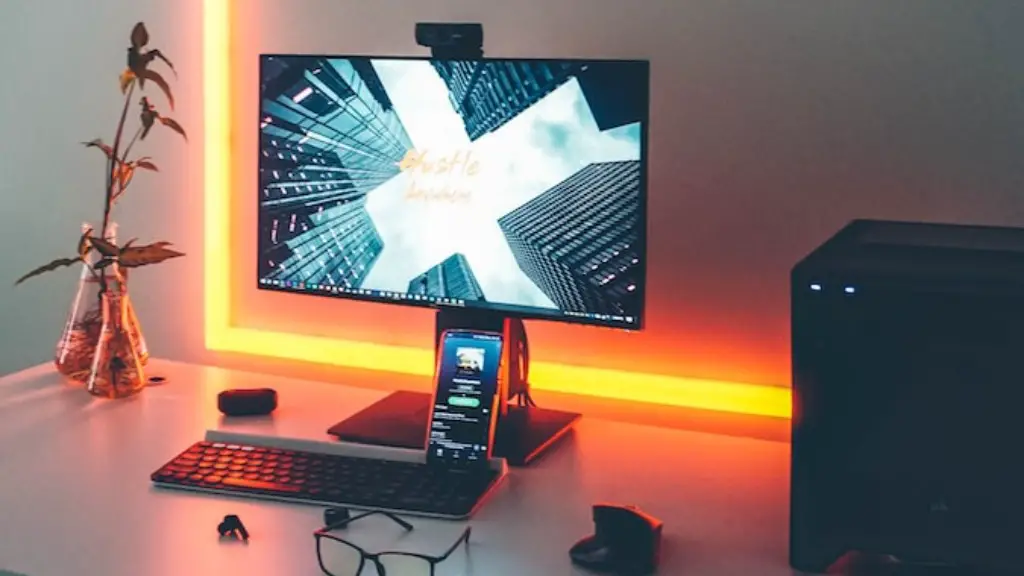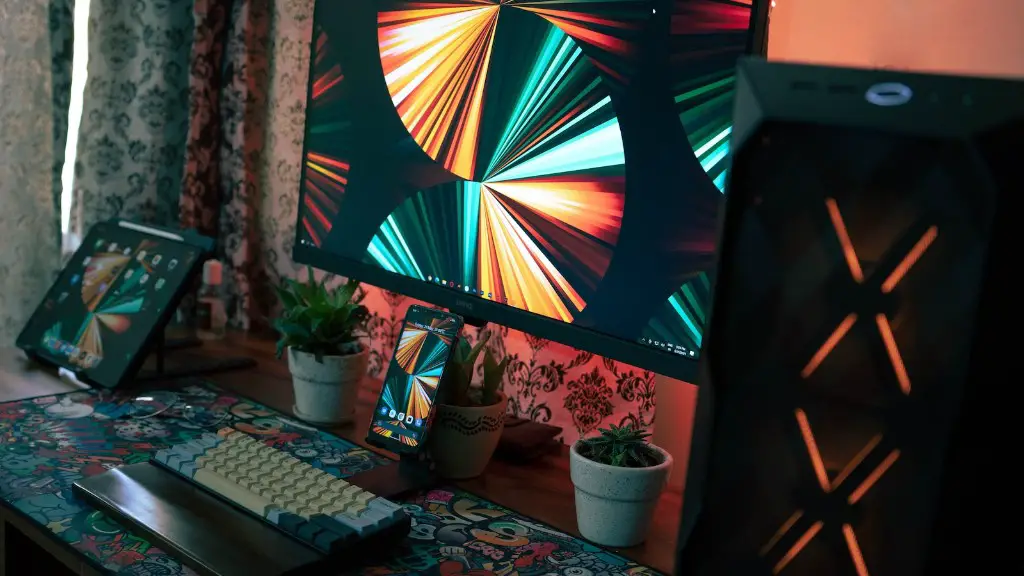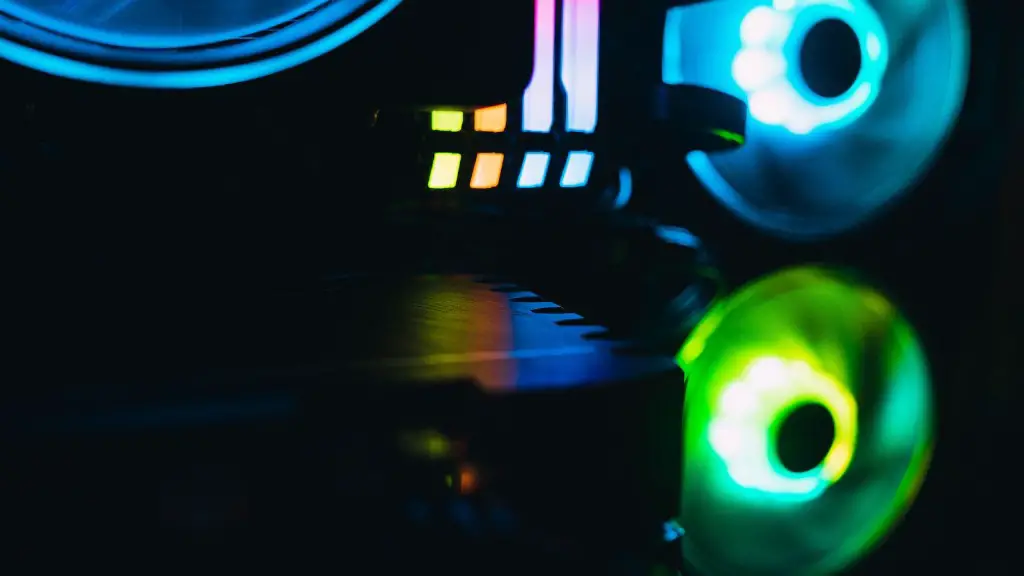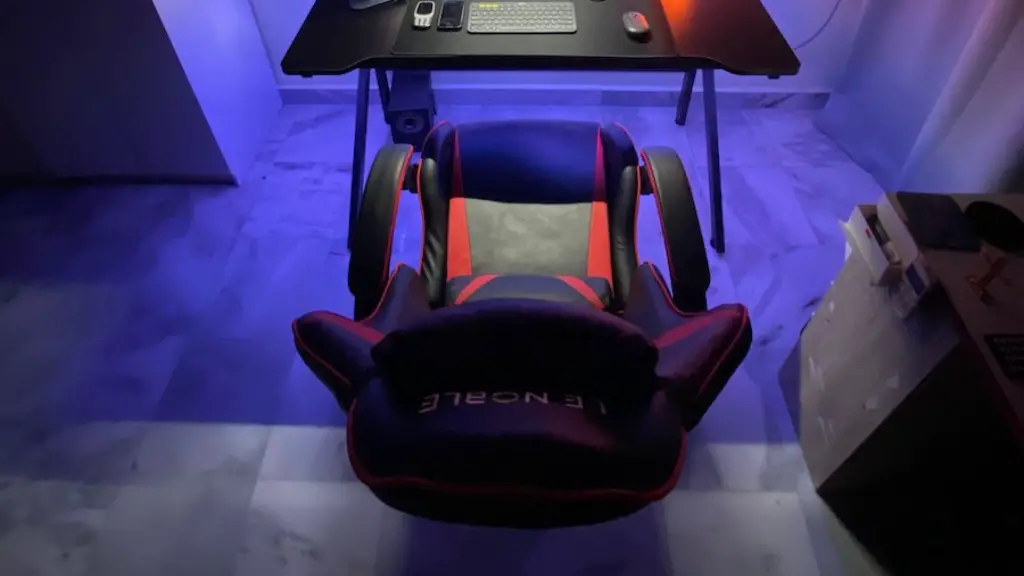Building your own PC is an exciting way to save money while ensuring that all of your computer parts are compatible with one another. With 2017 bringing an incredible amount of PC components to the game, we’re here to show you how to get the most out of your new gaming PC with these simple step-by-step instructions.
First off choose a case that has the room needed for all of your components. Ensure your motherboard will fit the case, then choose a power supply that has enough wattage to power your CPU and GPU. Really consider if you want extra features such as thermal or fan control, or even a better looking front panel.
Next move onto the motherboard. Choose a chipset that will give you the features you need, also make sure that it supports the type of processor you’re going for. Don’t forget to get the right form factor for the case.
Taking your attention to the processor, decide on an Intel or AMD. Check the motherboard to make sure your chosen processor is compatible with the socket, then pick a cooler to match. It’s recommended to opt for a quality liquid cooling system, it makes quite a bit of difference when playing intensive games.
RAM is a heavily influencing factor when it comes to gaming. Opt for no less than 8 GB of DDR3, more if you can. Choose a GPU with as much VRAM ( Video Random Access Memory) as your budget allows, but do not go above the amount of RAM your motherboard supports.
Now for the storage, get an SSD for your operating system and larger, less expensive HDD for storing files. Windows 10 optimizes itself for an SSD, making boot times quick and games easy to access. For those who are content with a traditional drive, an HDD can provide the necessary storage.
Finally, don’t skimp on a power supply, get high quality for added protection for your other parts. Also get a decent wireless card, depending on your usage needs.
Buying Your Components
When buying the separate components to assemble a gaming PC, it’s important to research the product fully. Check the specs of the product and the company behind the product. Don’t forget to check the warranty, choose one that you can use worldwide and not just with the distributor. When spending a large amount of money, it’s wise to be safe and look for reputable companies with good return policies.
Another important factor to consider is the brand loyalty. Learn to differentiate between the parts and read customer reviews. Sometimes even the most respected parts have poor ratings, so ask yourself: do those reviews reflect your needs and expectations? With this knowledge, you should be able to find good deals and bargain prices that fall within your budget.
Always remember to check the comparison prices, whether online or in stores. Many companies offer great prices on their items and different retailer may be offering different varieties of the same item at different prices. Check each one before committing to a purchase. Some may be second hand, but can still provide great performance at much lower prices than buying brand new.
If cheaper components don’t work, you’ll still be able to find resellers, who can be extremely helpful in finding rare, refurbished or hard to find parts. Generally speaking however, it’s not wise to buy second hand parts from an unauthorized third party retailer.
Configuring The Software and Final Assembly
After all your components have arrived, the configuration process should begin. Beginner or non-technical users should backup all their data, install the operating system and then install the various peripherals. Windows 10 should be installed first then you should move onto installing graphics drivers, audio and any other hardware.
There are a couple of ways to configure the OS. Manual configurations are more hands-on, but make sure you know what you’re doing first in order to avoid any software-related issues. On the other hand, automatic software configuration can save you a lot of time and mess, but you may end up with some useless software and missed certain driver updates.
Once the software side of gaming is defined, you can begin to assemble the PC. First, make sure the CPU is properly seated into the motherboard. Slide in your RAM, then attach the heatsink to the socket with the fan onto the heatsink. Install the disk drive and cover the cable connectors with a dust cover. Choose a power supply with adequate wattage for all your parts, then attach it to the motherboard using the appropriate connector.
Slide the motherboard onto the standoffs and place the backplate securely. You may need to fit risers to the GPU. Connect up the case power and reset buttons to their respective ports on the motherboard. Attach any other peripherals by plugging them into their slots.
Before powering up the PC, make sure you double-check all the components. Once everything is setup and checked, you can begin to power up the PC. With a few simple steps, followed by a basic software configuration, you’ll be able to have a gaming system up and running in no time.
Upgrading Your PC and Overclocking
Upgrades are essential to keep your gaming rig running at its best. If you need to upgrade your GPU, or even upgrade your RAM, it’s easy enough to do this for the most part. First, take out the GPU that you want to replace, then slide in the chosen GPU and reattach the GPU to the expansion slot. Make sure to fit the secure screws.
The same goes for RAM upgrades too, as it’s always a good idea to keep your RAM up-to-date. Upgrade your RAM by taking out the existing RAM, then inserting the desired upgrades. Connect the cable to the RAM slots and slots them in firmly. Make sure to use the right RAM that is compatible with your motherboard.
If you are looking to save money on a CPU, you can consider overclocking. Overclocking involves running your CPU at a higher speed than the manufacturer intended and it can cause a lot of problems. Before attempting it, you should read up on the basic principles of overclocking and the best way to do so. It’s probably a good idea to read up on motherboard guides too.
When you are confident, you can increase the CPU settings via the BIOS settings. If it works correctly, you can save a lot of money and if it does not work correctly, you can simply return it or get a refund. You should always be aware that overclocking can damage hardware, so be very careful when attempting this.
Testing and Maintenance Of Your Gaming PC
Now that your gaming PC is up and running, you want to ensure that it will serve you well in the long run. Make sure to keep all the necessary drivers, such as graphics card drivers, up-to-date. Check for compatibility problems and be sure to periodically check for system, security and driver updates.
It’s also essential to back up your files properly. Backing up regularly on an external drive significantly reduces the risk of data loss in case of virus attacks. Furthermore, you can keep your gaming PC clean by routinely wiping away dust and wiping down components with a therapeutic cloth.
To test that all is running correctly, use benchmark testing software, such as 3DMark or PCMark. This will allow you to get a good idea of how your PC is running. You can compare and develop your PC, in order to get the best performance out of it. Make sure to keep an eye on the temperature as well, as you might need to repaste the CPU.
Finally, after a while, you may need to replace some of your parts. You may have to upgrade or replace your hard drive, depending on usage and level of security.




